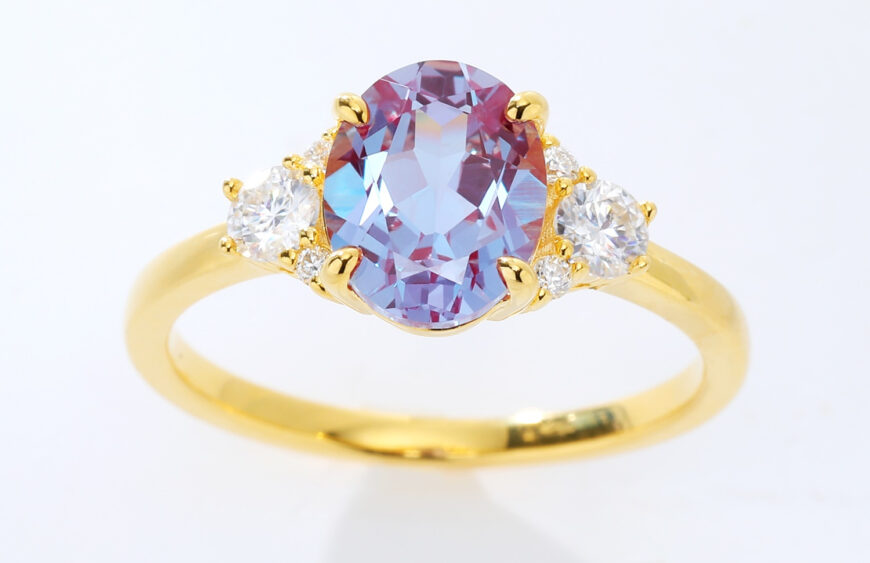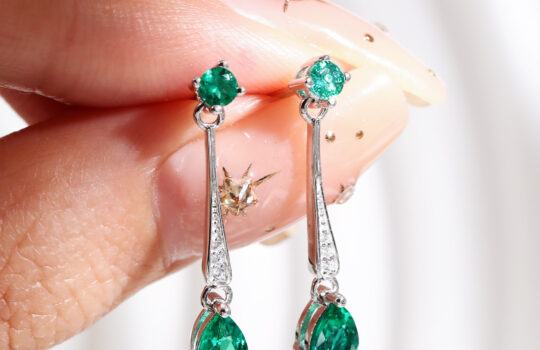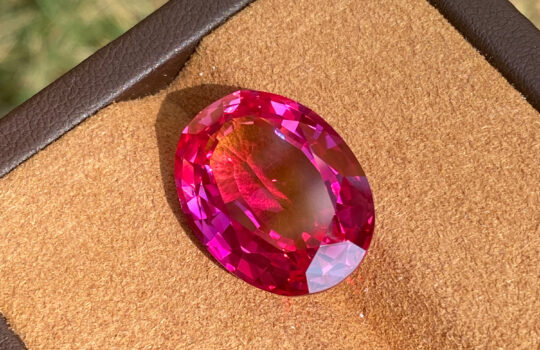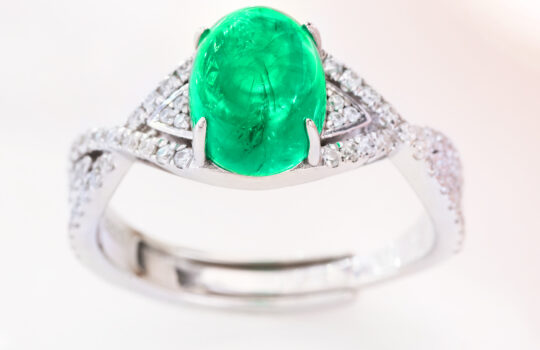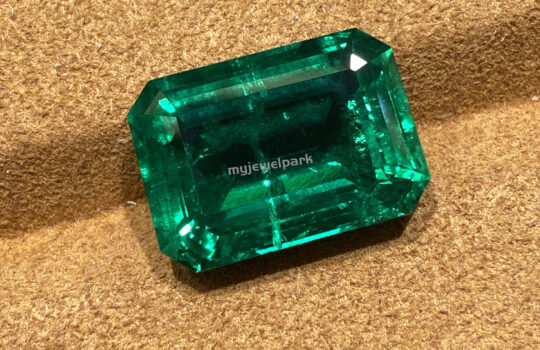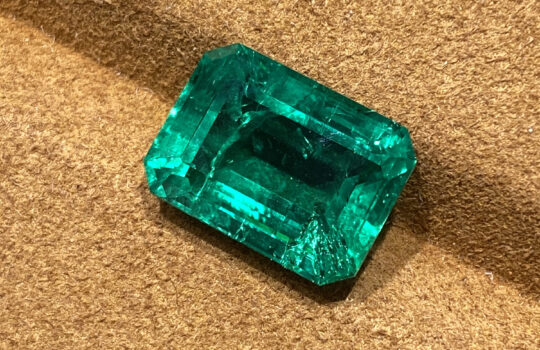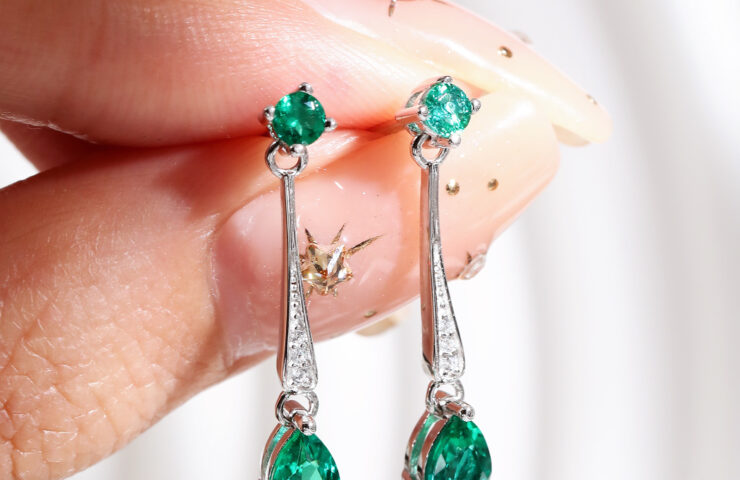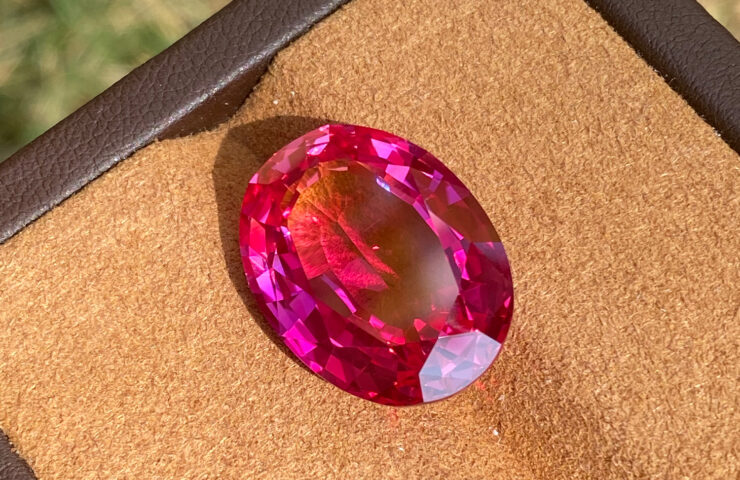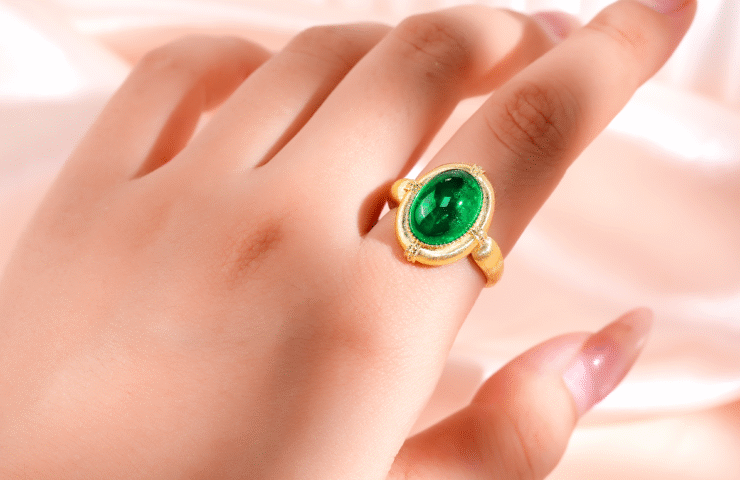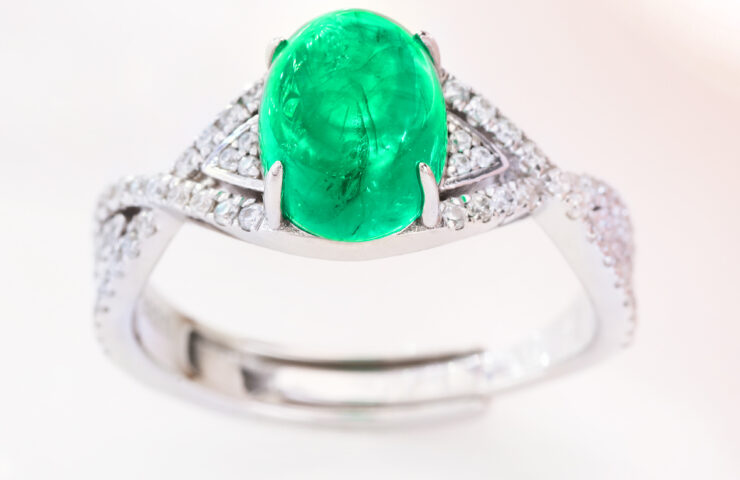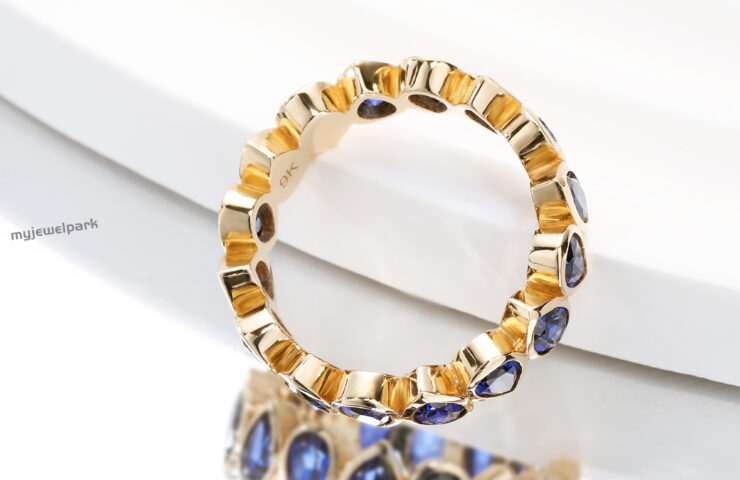Is Alexandrite a Gemstone or a Crystal?
Alexandrite sparks curiosity with its striking color change, shifting from green in daylight to red under incandescent light. This phenomenon fuels debates over whether it is a gemstone, a crystal, or both. Scientifically, alexandrite is the color change variety of the mineral chrysoberyl. It belongs to the chrysoberyl species, a beryllium aluminum oxide mineral, which classifies it as both a crystal and a gemstone.
Gem Mineral or Crystal Confusion
Because alexandrite is a mineral, it naturally forms as a crystal with a defined internal structure. Its color changing property is driven by chromium replacing aluminum inside the crystal lattice, which contributes to its gem value. The optical shift from green to red occurs due to selective light absorption around yellow wavelengths, a result of this internal structure.
Among forum users and YouTube reviewers, the distinction often feels like a matter of perspective. On Reddit, some users say the word “crystal” sounds more spiritual, while “gem” implies value and beauty. One user shared they prefer calling it a crystal because it feels more mystical, although gemologists clearly define alexandrite as a gemstone.

YouTube videos add to the confusion. Some presenters showcase alexandrites under different lighting, describing the stone as magical and referring to it as a crystal. Others lean on scientific definitions and emphasize that alexandrite is a gemstone with a crystalline structure. These creators often warn that calling it just a crystal may mislead buyers.
Rarity, Value, and Certification
The terminology does not change the facts. High quality alexandrite with strong color change and good clarity is extremely rare. It becomes even more valuable in sizes above three carats. This scarcity drives high prices at auctions and serious interest from collectors.
Gem experts care more about a stone’s mineral origin, clarity, optical behavior, and source than whether people label it a crystal or a gem. To ensure authenticity and value, they rely on certification from reputable labs.
Lab Grown Alexandrite Benefits

Natural alexandrite is rare, but lab grown versions offer a practical and ethical option. These gemstones are made using chrysoberyl seed crystals. In controlled lab environments, manufacturers can reproduce natural features such as inclusions, cream bodies, and even surface-reaching cracks. The result is a gemstone that looks and behaves like its natural counterpart.
Lab grown alexandrites avoid the environmental damage and ethical concerns tied to traditional mining. According to a 2025 consumer study, 83 percent of buyers would consider purchasing lab grown colored stones, including rubies, sapphires, emeralds, and alexandrite, as long as the stones are chemically identical to mined ones.
Natural alexandrite is still treasured by collectors. However, lab grown versions offer strong color change, responsible sourcing, and clear documentation. Whether called a crystal or a gemstone, alexandrite continues to captivate with its rare and shifting beauty.

